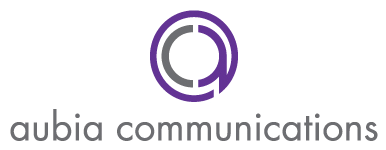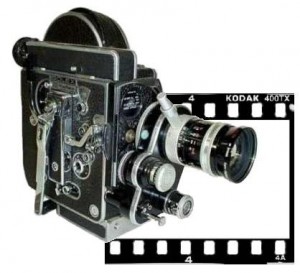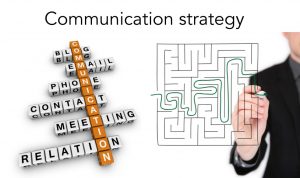In February, the Aubia Communications Blog will look at the advising role of Public Relations. I start off with this post about the many roles in PR, move on to tips for conducting media training, and wrap up with how to segment your publics.
 My college advisor used to have a saying he told all incoming Public Relations students: “Public Relations is like underwear: It’s meant to support but not to be seen.” As professionals in this diversified field, we are advisors working behind the scenes in a variety of roles to help our clients reach their goals, allowing them to be the ones in the limelight. We are a versatile bunch capable of much more than you may think.
My college advisor used to have a saying he told all incoming Public Relations students: “Public Relations is like underwear: It’s meant to support but not to be seen.” As professionals in this diversified field, we are advisors working behind the scenes in a variety of roles to help our clients reach their goals, allowing them to be the ones in the limelight. We are a versatile bunch capable of much more than you may think.
The bearer of many hats
PR practitioners are skilled to advise and produce in many areas. We do much more than organizing “PR stunts,” handling a “PR nightmare,” and “sprinkling” strategic communications on an issue. We are much more than “spin doctors” and party planners. Just a few practices you’ll find us in include:
Strategic Communications
Trained PR practitioners can research, plan, implement and evaluate a program to address any issue your organization may be facing. When it comes to a sounds strategy, trust your PR professional to see you through.
Internal Communications
When it comes to publics an organization depends on for success, many times its own employees and other internal stakeholders are left out of the mix. A PR expert won’t let that happen. From writing newsletters and annual reports to managing the company Intranet, PR practitioners segment audiences and find a direct way to reach them.
Media Relations
Developing relationships is the name of the game in this field, and adept PR specialists will do just that when working with media members. They will seek out what a certain reporter covers; what story angles they like to take; how they prefer to be contacted; and then they will deliver a carefully-crafted pitch. On the other side of the camera, a PR professional takes the time to train his client in the best way to interact with the media member. He develops ways for his client to tell his story, reach his target audience, and be the go-to expert for the reporter.
Community Relations
Never forgetting your external public needs to know what’s going on inside the organization, your PR department will take on the responsibility of sharing your works throughout your community and hearing from the local leaders. By working together, your organization can be a valuable partner to the neighborhood.
PR professionals can support an organization through a wide range of practices. I’ve only covered a sampling here, but there are many more, including specialized areas such as fundraising and investor relations.
Many times PR practitioners get pigeonholed into just writing a press release or updating the social media platforms because leaders don’t know what all they can do. Talk with your PR specialists and find out the extent of their capabilities. You’re probably in for a pleasant surprise. What does working in PR mean to you?



